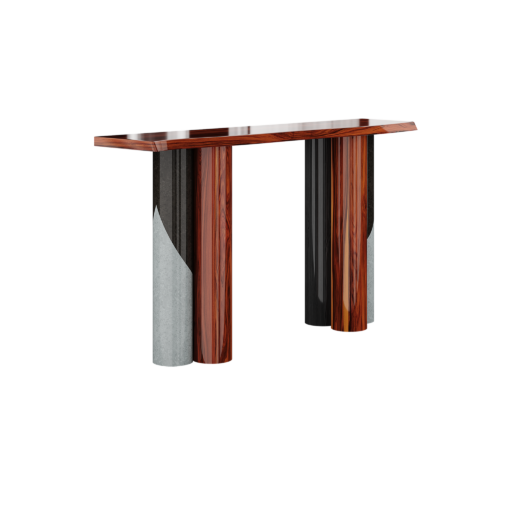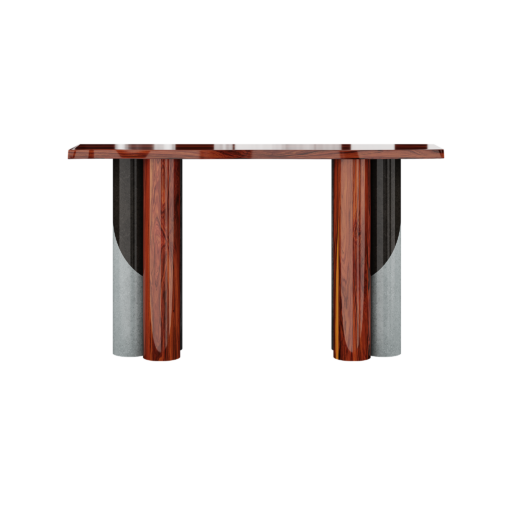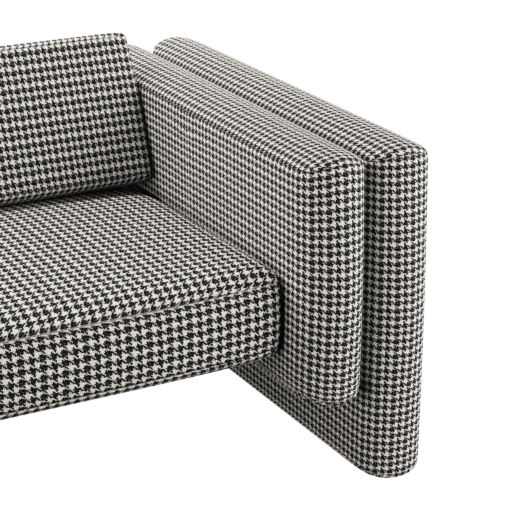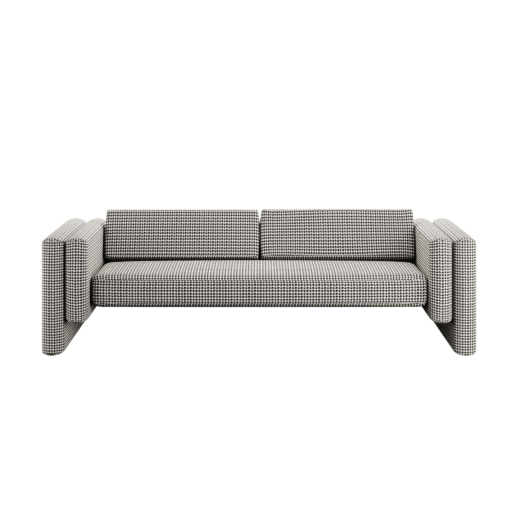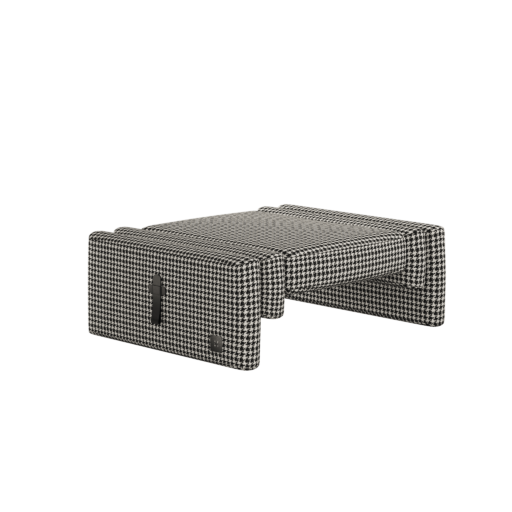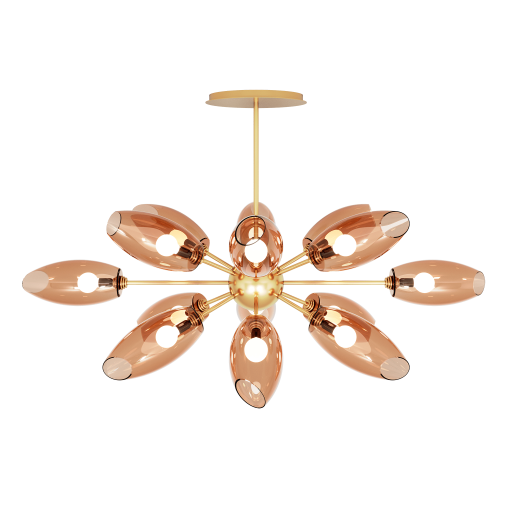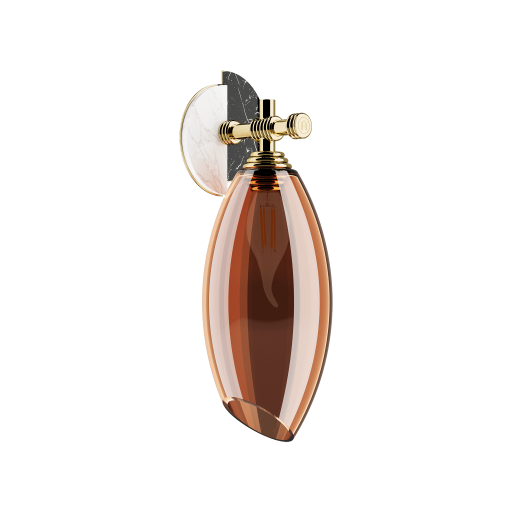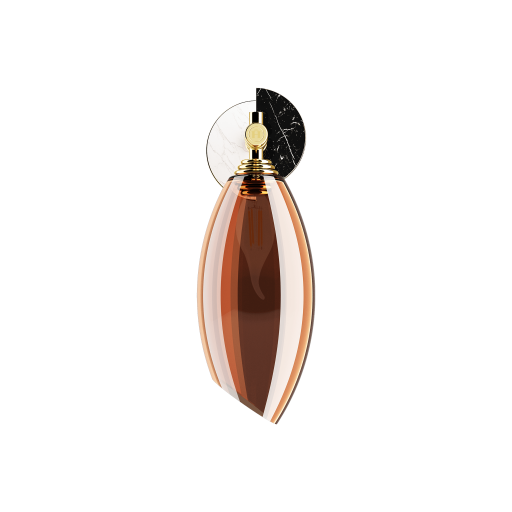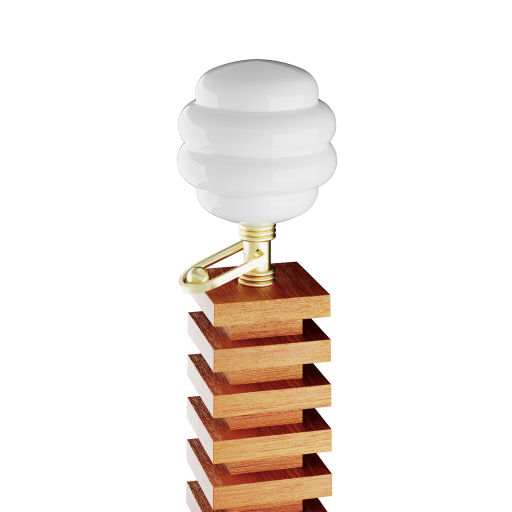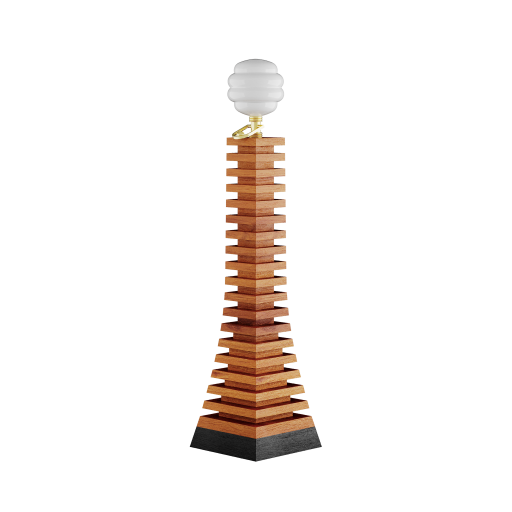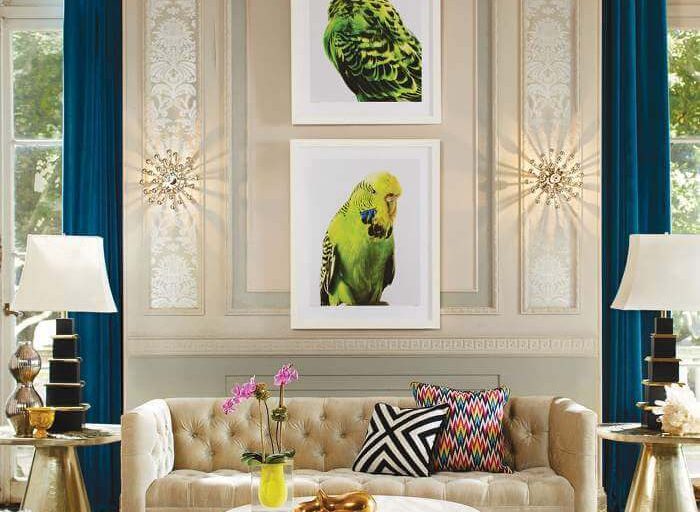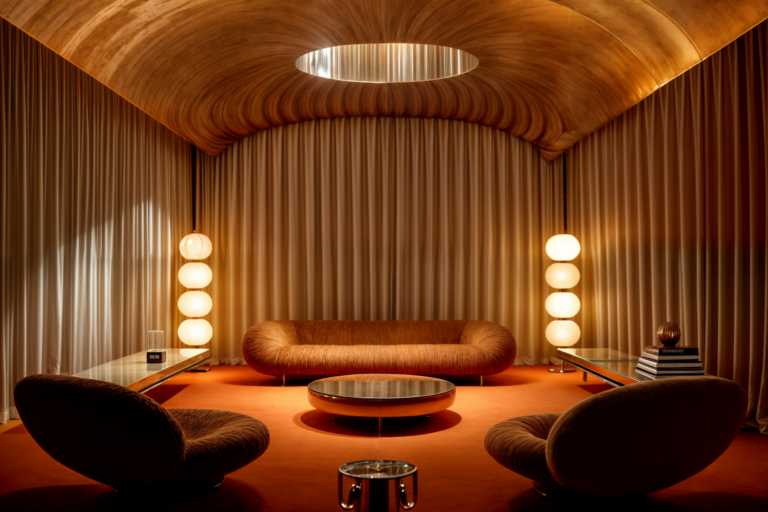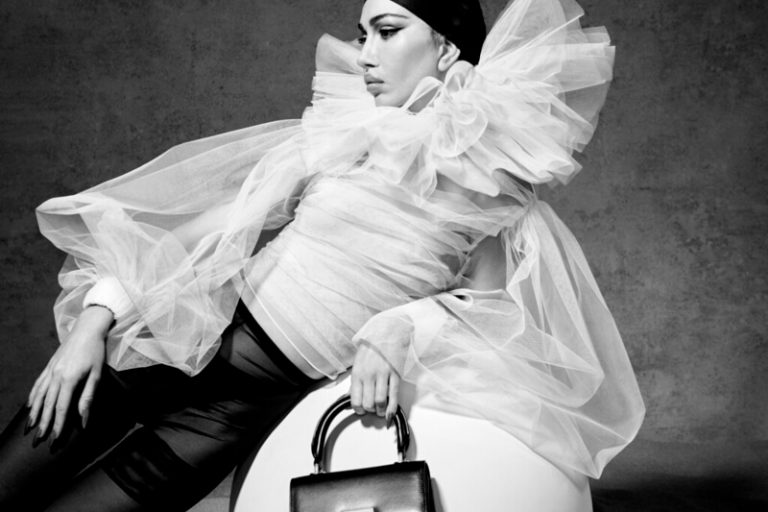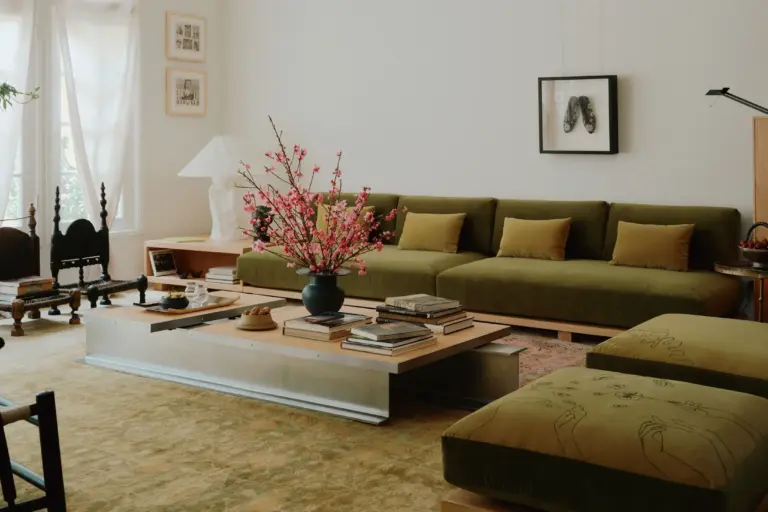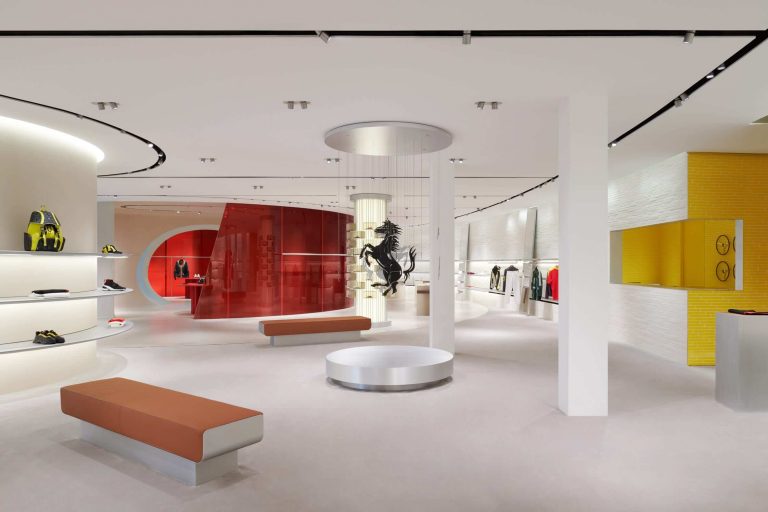Discover how 70s interior design blends retro charm with modern elegance. Learn essential tips for incorporating this timeless style into your home.
The 70s were a time of bold experimentation in interior design, where earthy tones, organic shapes, and functional layouts took center stage. This period marked a shift toward creating more personalized, eclectic spaces that felt lived-in and cozy. As we look back on the style today, it’s clear that the influence of 70s interior design remains strong, seamlessly blending with contemporary trends to create unique, timeless interiors.
Bringing retro elements from the 70s into modern homes adds character, warmth, and depth. The key to achieving a cohesive 70s-inspired design is striking the right balance between nostalgia and functionality. By understanding the core principles of this era, homeowners can create interiors that resonate with the past while embracing modernity.
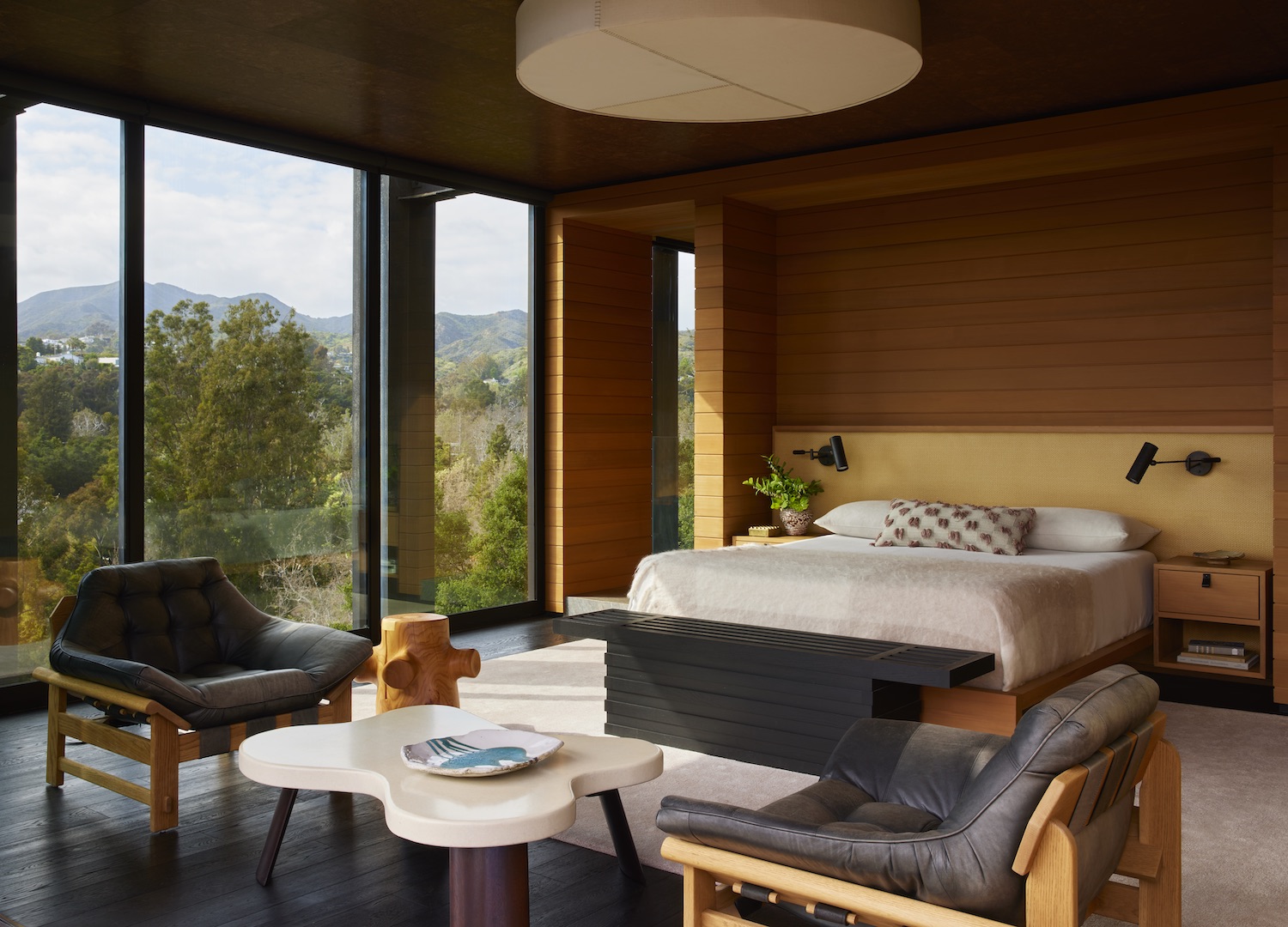
At the heart of the 70s, interior design focused on natural materials like wood, stone, and leather. These elements are environmentally friendly and evoke a sense of comfort and authenticity. The 70s also introduced bold patterns, geometric shapes, and vibrant colors that can be used to create striking focal points in any room.
As we move further into the 21st century, the resurgence of 70s interior design continues to capture the imagination of designers and homeowners alike. Whether through subtle accents or full-scale renovations, the integration of 70s aesthetics is more than just a trend—it’s a return to a design ethos that celebrates individuality, sustainability, and the beauty of natural materials.
Embracing Earthy Tones with Modern Flair
Incorporating earthy tones was one of the signature elements of 70s interior design, which continues to be a key influence today. Rich terracotta, mustard yellows, olive greens, and deep browns evoke warmth and depth. These hues can blend into modern spaces through accent walls, upholstery, or accessories like cushions and rugs.
To keep it fresh and contemporary, combine these colors with sleek, minimalist furniture that complements rather than competes with the vibrant shades. For example, a neutral sofa paired with bold, colored throw pillows or vintage-style rugs adds a retro touch without overwhelming the space.

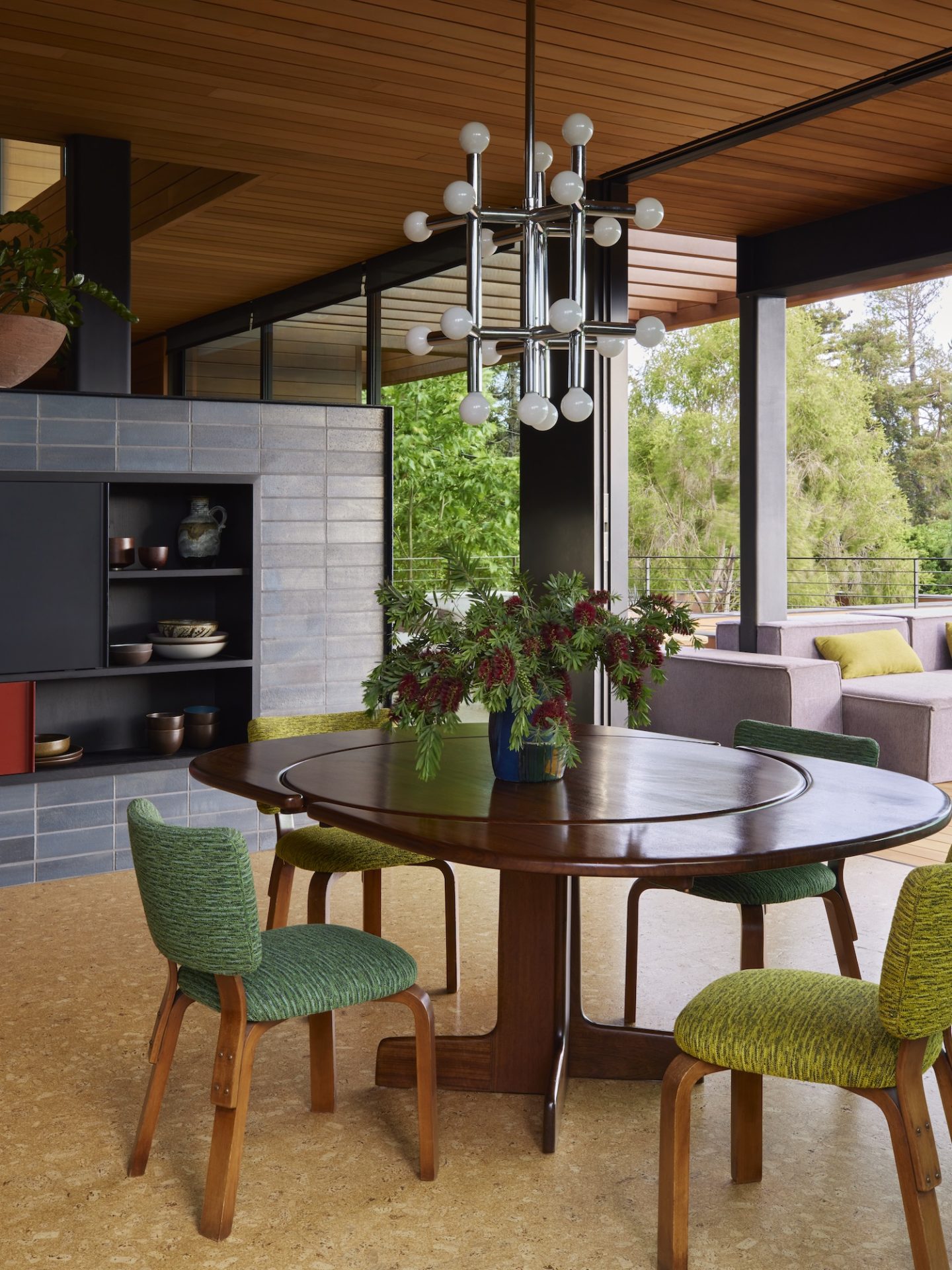
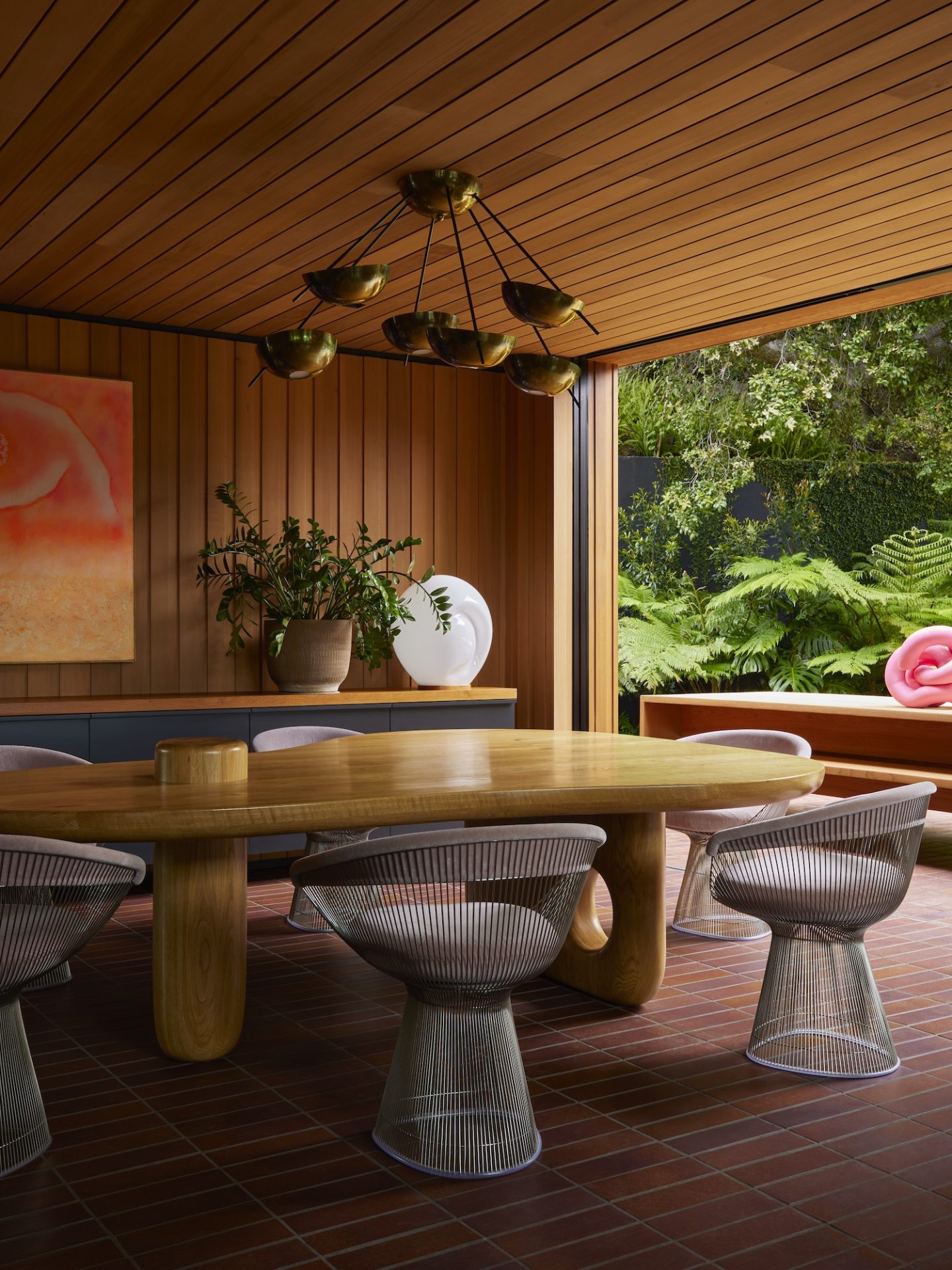
The Return of Retro Furniture
The furniture styles of the 70s have seen a resurgence in recent years. Iconic pieces like low-profile sofas, vintage armchairs, and bold coffee tables fit perfectly in today’s interiors. These pieces can serve as statement elements in a room while maintaining the functionality and simplicity that modern design values.
To modernize a vintage 70s chair, opt for luxurious fabrics like velvet or leather in contemporary tones. A well-chosen vintage or 70s-inspired piece can easily be the focal point of a room, balancing the retro aesthetic with current design trends.
Geometric Patterns and Bold Accents
While the 70s were full of dynamic geometric patterns, today’s designers are embracing these retro shapes more restrainedly. Bold chevrons, zigzags, and abstract patterns can be incorporated into modern interiors through wall art, textiles, and smaller accent pieces.
Consider a statement wall covered in patterned wallpaper or a custom geometric rug. But the key is moderation—rather than an entire room full of patterns, use these elements strategically to create visual interest without overwhelming the senses, all while embracing the essence of 70s interior design.
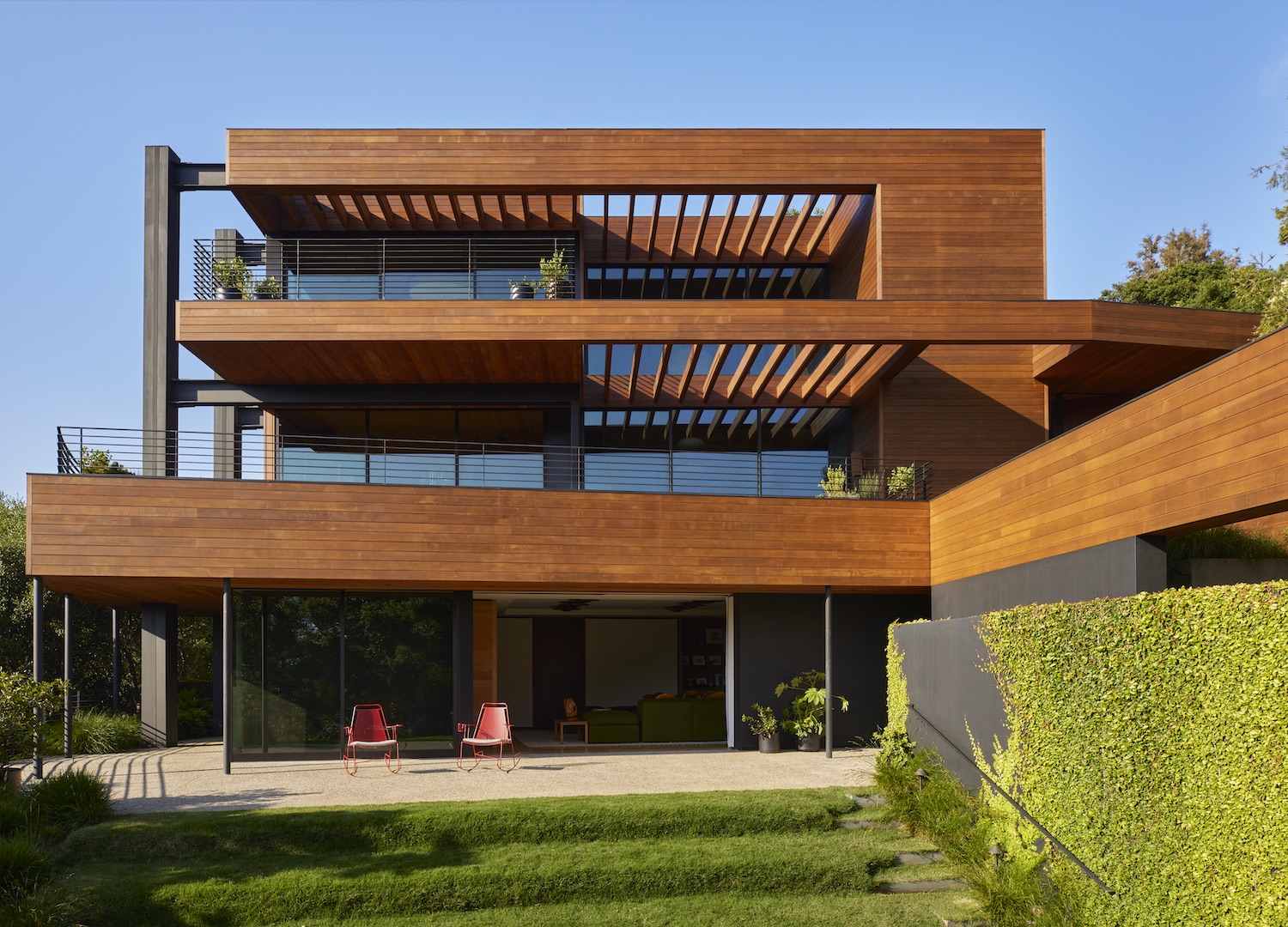
Natural Materials Meet Contemporary Design
Natural materials like wood, stone, and leather were central to the ’70s design, and they’re making a strong comeback. These materials bring a sense of warmth and authenticity to modern interiors. Think of sleek, polished wood furniture paired with exposed brick walls or natural stone countertops.
However, balancing the raw, organic elements with clean lines and minimalist forms is key. The result is a space that feels grounded and timeless yet undeniably modern. By incorporating these materials thoughtfully, you can create a 70s interior design that radiates both the comfort of the 70s and the sophistication of today.
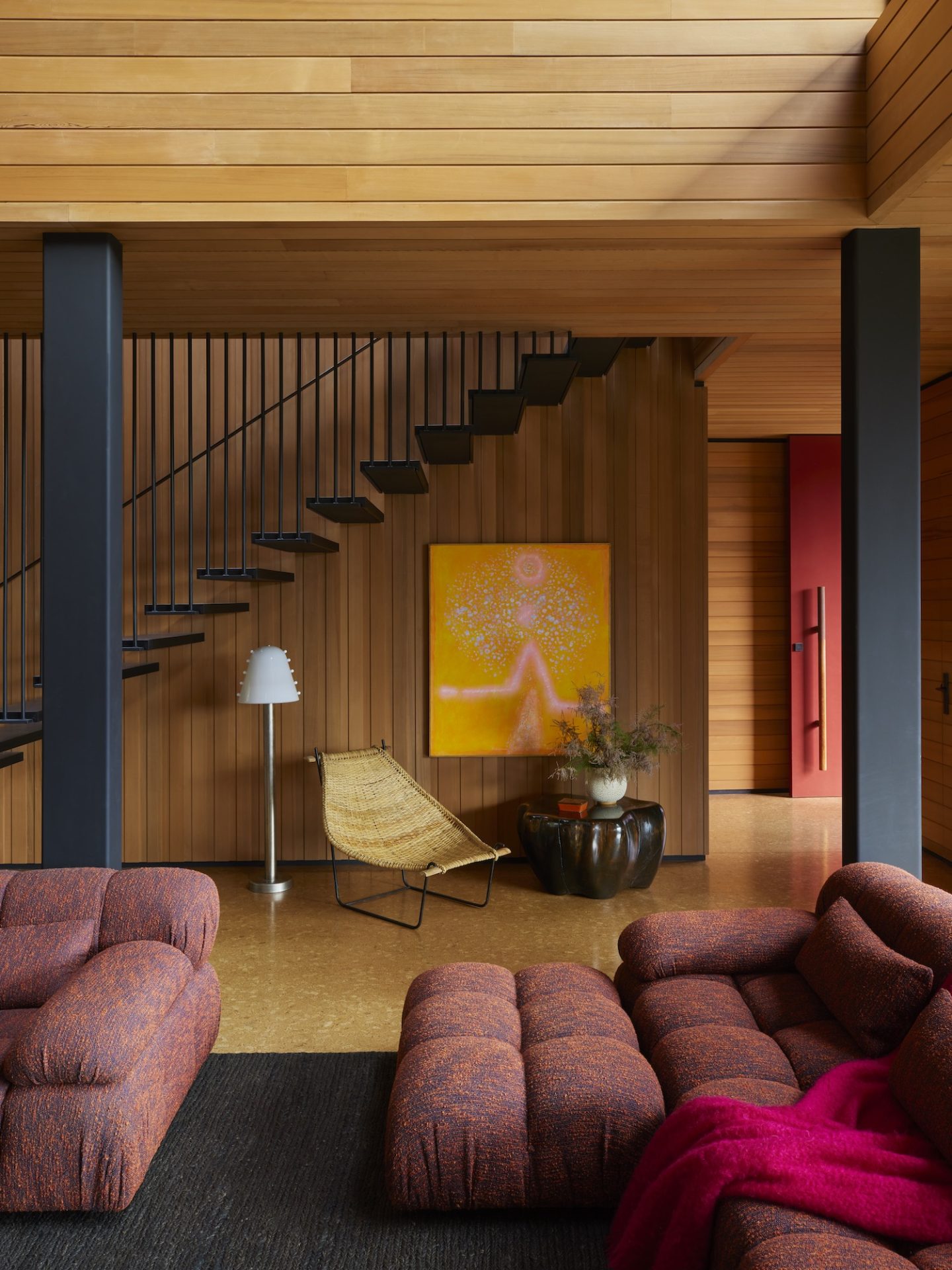
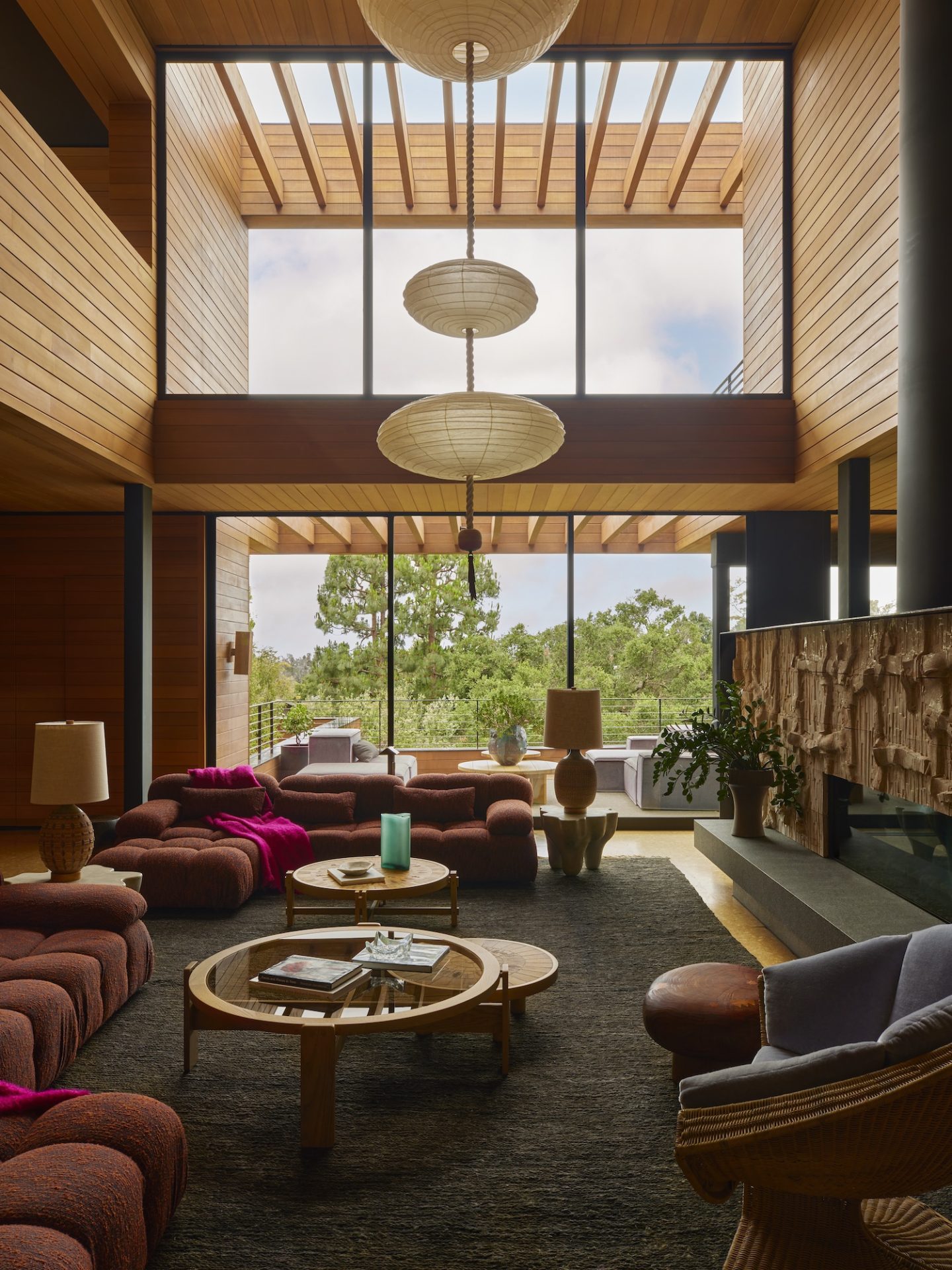
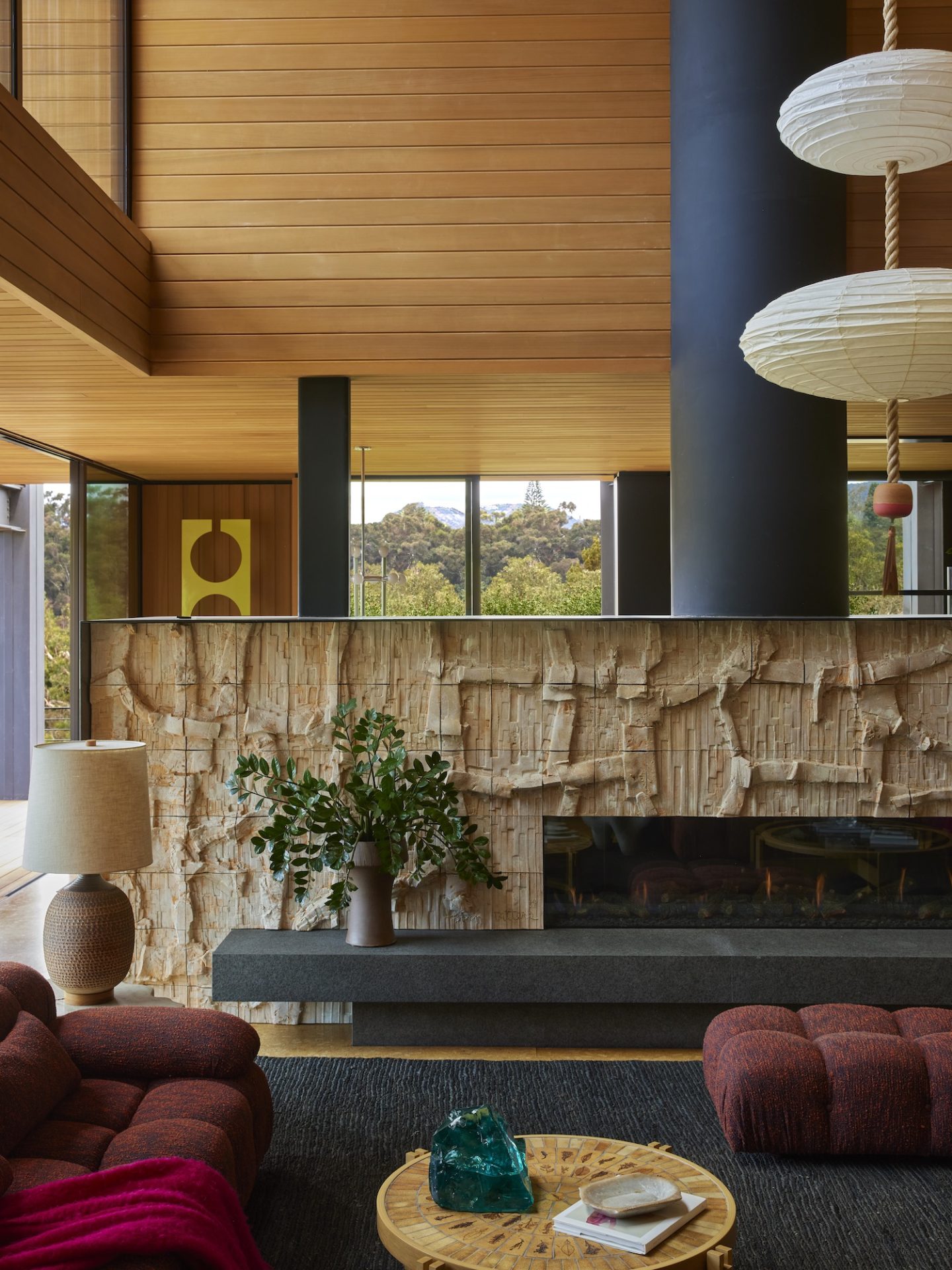
Lighting that Makes a Statement
In the 1970s, lighting was more than just functional—it was an integral design part. Bold, sculptural light fixtures, such as large pendant lights or floor lamps, added character to any room. Today, the focus is on sleek, contemporary designs that still pay homage to that era.
Look for lighting with clean lines, metal finishes, or dramatic curves. For example, pendant lights with metal shades are a perfect way to bring retro appeal into modern spaces while maintaining a fresh, contemporary 70s interior design look.
HOMMÉS STUDIO’s Modern Take on Retro 70s Design:
HOMMÉS STUDIO’s approach to interior design seamlessly blends 70s-inspired elements with modern, luxurious touches. The brand’s Project 70s perfectly encapsulates the essence of this era, showcasing warm, organic materials like wood and stone paired with contemporary lines and sophisticated finishes. By incorporating a range of textures, from plush fabrics to sleek metals, HOMMÉS STUDIO crafts spaces that feel timeless and relevant to today’s design landscape.
For instance, HOMMÉS STUDIO’s minimalist yet bold approach draws on the geometric shapes and earthy tones synonymous with 70s design while staying true to a modern aesthetic. Whether through a carefully curated selection of furniture pieces or the strategic use of lighting, the 70s interior design project collection proves that retro-inspired designs can be elevated with luxurious, cutting-edge details.
Integrating elements from HOMMÉS STUDIO‘s Project 70s into your home brings together the nostalgia of the past with the elegance of the present. Whether you’re looking to create an entire 70s interior design inspired or add select pieces to your current space, HOMMÉS STUDIO offers the perfect balance of retro charm and contemporary luxury.
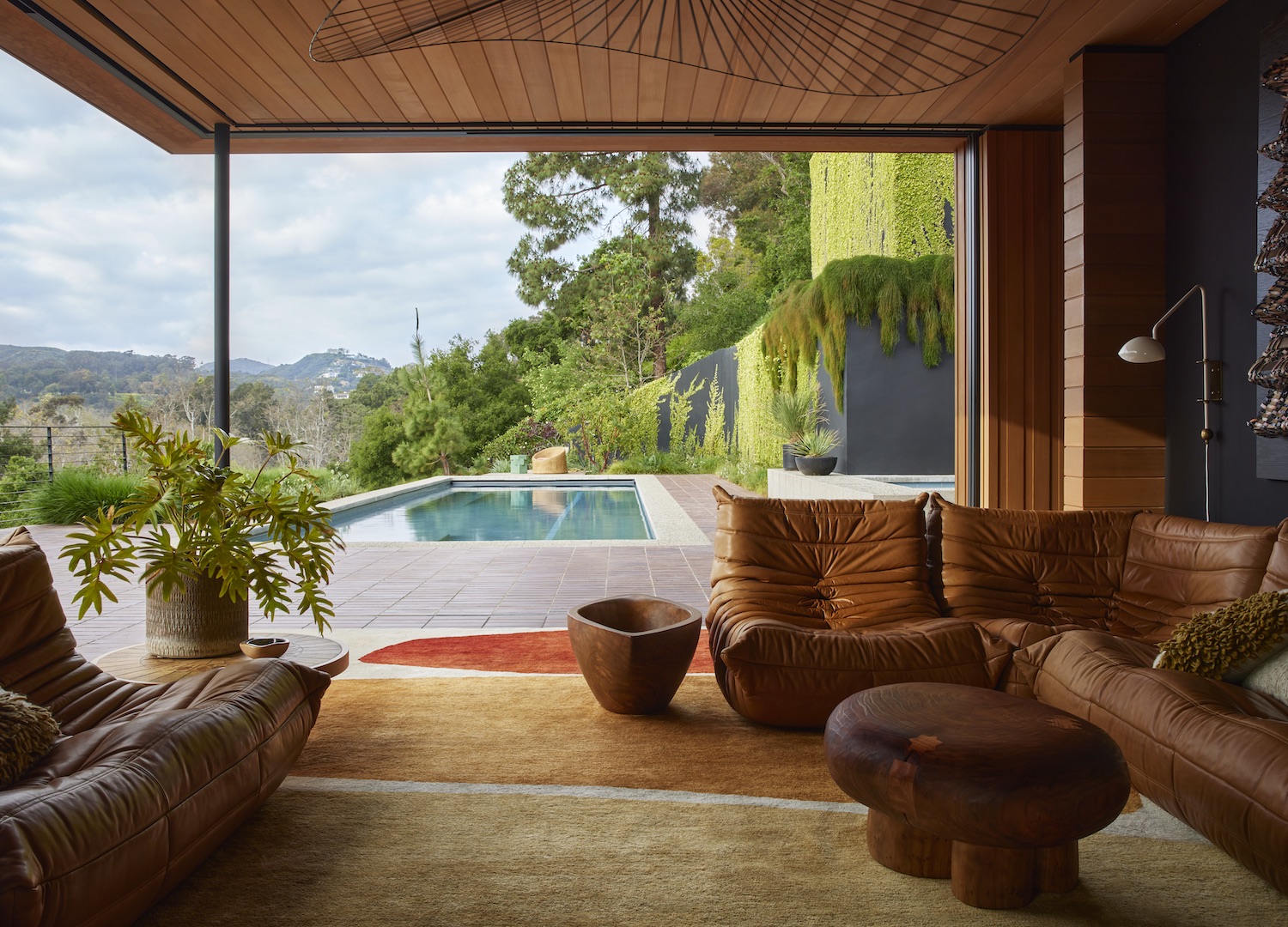
Looking Ahead: The Future of 70s Interior Design
The allure of 70s interior design is undeniable. It offers a rich blend of nostalgia, warmth, and modern sophistication. Whether you’re renovating an entire home or looking to update a few key pieces, this style remains timeless and versatile. By carefully selecting materials, furniture, and lighting, you can create a space that reflects the past and the present, offering comfort, style, and personality.
As we look ahead to 2025, it’s clear that the influence of 70s interior design will continue to inspire new trends. To stay ahead of the curve, download our Trends 2025 Ebook and discover how to integrate the best of both worlds into your home. Stay on top of the latest design innovations and create stylish and timeless spaces.
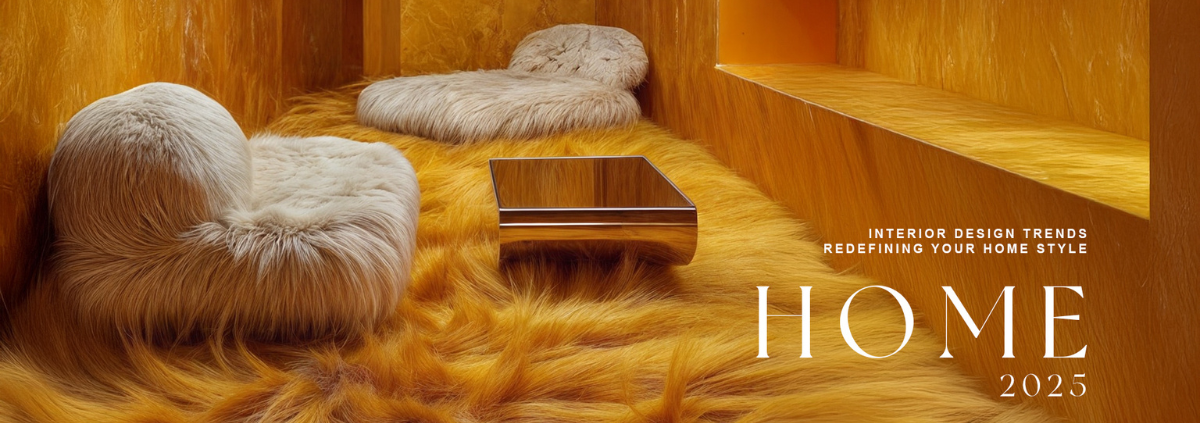
Sources: Est Living
